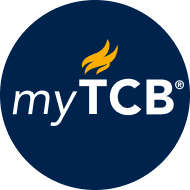
In addition to benchmarks on individual elements of compensation packages and the evolving features of short- and long-term incentive plans, the report details shareholder advisory votes on executive compensation (say on pay) and outlines major practices on board oversight of compensation design.
Data are organized into five parts:
Data in this report are descriptive, not prescriptive, and should be used only to identify the latest practices and emerging trends. None of the commentaries included is intended as recommendation on executive compensation design, compensation-related resolutions or board oversight practices in the field.
Total compensation for chief executive officers of US public companies in the Russell 3000 Index soared in 2014, up 11.9 percent from 2013 and as much as 34.7 percent from 2010. The performance of the equity market was the main driver of the upward trend. Only a small part of CEO earnings comes from base salary; performance-based components now dominate. Of the top 25 highest paid CEOs in the index, number one reported total compensation of $156 million, up 368 percent from $33 million in 2013. Eight CEOs made the list despite negative one-year total shareholder return generated by their companies.
Published by The Conference Board in collaboration with Arthur J. Gallagher & Co., CEO and Executive Compensation Practices: 2015 Edition documents trends and developments on senior management compensation at companies issuing equity securities registered with the US Securities and Exchange Commission (SEC) and, as of May 2015, included in the Russell 3000 Index. The

myTCB® Members get exclusive access to webcasts, publications, data and analysis, plus discounts to events.
